Structural & Acoustics Blog Posts
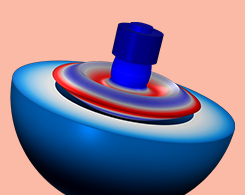
Keynote Video: Rapid Prototyping for Sonar Systems
Engineers at Northrop Grumman follow a 4-part rapid prototyping design phase: Design, manufacturing a prototype, testing and design verification, and manufacturing of the final design.
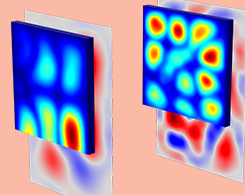
Modeling Sound Transmission Loss Through a Concrete Wall
The sound loss transmission (STL) through a building component is the logarithmic ratio between the total incident power on the structure relative to the total transmitted power.
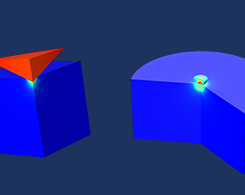
Exploring the Ambiguity of Hardness Numbers with COMSOL®
To help customers easily obtain stress-strain curves from indentation test data, this guest blogger turned to simulation applications and COMSOL Compiler™ — and created a brand new product.
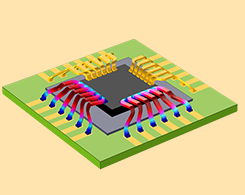
Course: Modeling Joule Heating with Thermal Expansion
Get an overview of the course on Joule heating and thermal expansion. Plus, access supporting material.

Implementing a Damage Evolution Law for a Hyperelastic Material
By implementing a physically motivated damage evolution law for a hyperelastic material, you can incorporate material softening, creep, and stabilization of hysteresis curves during cycling.

Estimating Hyperelastic Material Parameters via a Lap Joint Shear Test
For rubber, polymers, and biological tissue, the relationship between stress and strain is nonlinear, even at small loads. The lap joint shear test can be used to determine material properties.
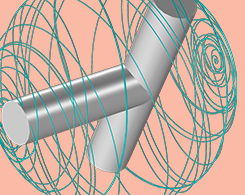
Why Do Tennis Rackets Tumble? The Dzhanibekov Effect Explained…
If you toss a cellphone, tennis racket, wingnut, cereal box, or any object with 3 axes of rotation in the air, it will demonstrate this interesting and unusual effect…

How Do Bicycle Pedals Stay On?
Ever wonder why the left pedal of a bike has left-handed threads and the right pedal has right-handed threads, yet the pedals stay on when riding?
